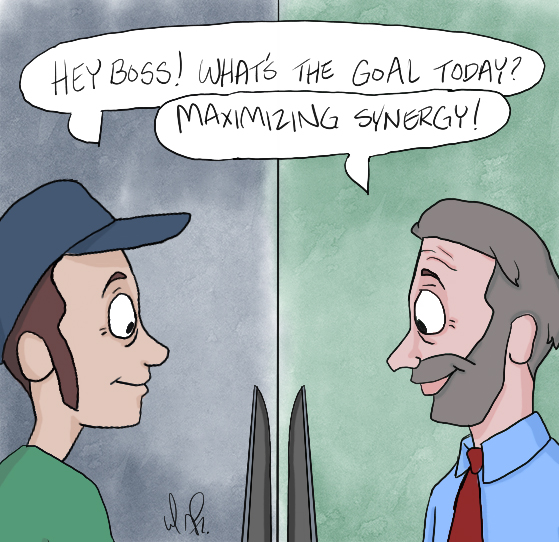
| Editorial |
|---|
In two weeks, virtual meetings have become a new normal for office workers. The pandemic has helped employees and their employers realize how fast and effective online meetings can be.
Obviously, video conferences should not entirely replace traditional face-to-face meetings.
There is a certain energy in the meeting room where collaboration sparks ideas and workers read the atmosphere to understand whether they should move forward with these ideas.
However, there are multiple convenient aspects of online conferences that businesses should take advantage of even after life returns to normal.
In a day and age where people at least have a cell phone, it’s hard for people to find any difficulty in connecting to the meeting.
If they have cellular connection and data, those are the only steps needed to join an online session.
Even though online meetings are virtual, workers can still talk, listen and see the others. With video, workers can hear and see each other’s tone, hand signals, facial expressions or body language.
All of those will help clear up confusion as people can see others instead of emails, which are easily misinterpreted because some cannot adequately express their ideas in writing.
When employees are asked to attend meetings in-person, there are two possible hurdles: travel costs and time.
To arrive at a meeting, at least five people will drive, which increases gas and carbon emissions and time lost while in transit. In contrast, online sessions can be done at home.
Also, instead of rushing to get ready and the time it takes to commute, workers can use the time to develop their ideas and pitches.
This guarantees that employees will get to the meeting on time as it only takes less than a minute to join a meeting.
It will also help increase the productivity of workers. Thus, the output quality is also improved.
That being said, the final decisions should still be made during a face-to-face meeting, as that’s when people can interact with each other and capitalize that discussion dynamic to come up with better ideas.
During times like this, people take sick symptoms like coughing or sneezing more seriously.
Not only will online meetings help reduce the use of sick days, as employees can still join from home, but it will also help avoid getting the whole team infected.
Sometimes, parents take days off because their children are sick.
Video conferencing allows parents to be home with a sick child while still participating in necessary work meetings. It helps them to care for their child while fulfilling their work obligations.
This way, every worker’s productivity is maintained, nobody has to miss out on their job, and the team doesn’t lack any decision-makers.
Online conferences are also the best way to communicate worldwide.
If a company sends out people to other states or countries to do research, it will take days or maybe weeks to get a full report as everybody has to wait for those people to travel back and attend the meetings, not to mention the travel expenses.
But having a web conference means that they can connect to the company even from afar while still developing a rapport.
They can also send graphic data and their reports daily, and all of this will ensure the office will move at a faster pace.
Although online conference companies have been around for almost a decade, the COVID-19 crisis has introduced this software to many more in the office community.
Companies and office workers shouldn’t disregard how beneficial these online meetings have been in terms of communication and time-efficiency.
It’s something to take advantage of even when this pandemic is over. A business that can thrive in an online-only setting is pandemic-proof.
